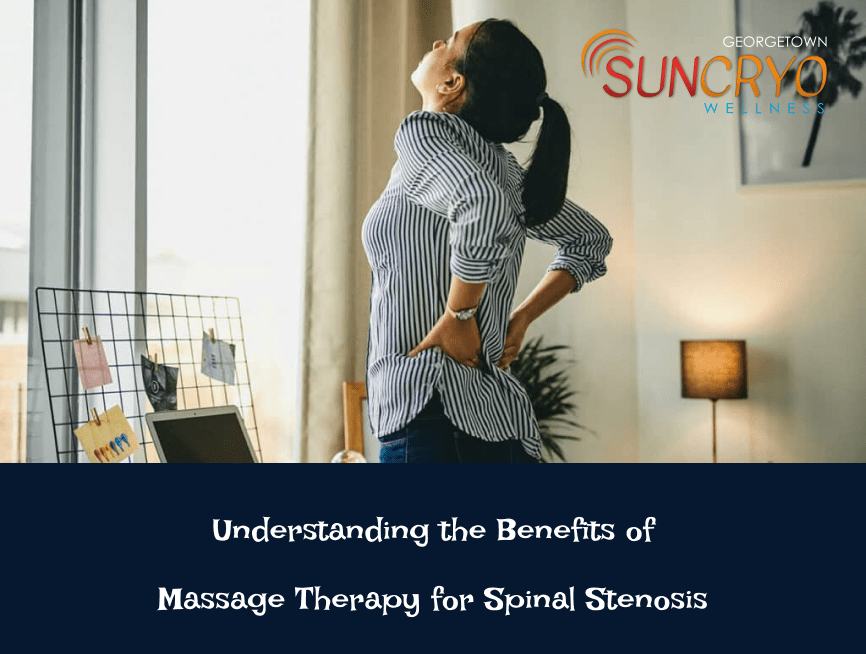Benefits of Massage Therapy for Spinal Stenosis

Massage therapy has emerged as a potential alleviator for various musculoskeletal conditions, and its efficacy in managing Spinal Stenosis is gaining recognition within the medical sphere. This comprehensive guide aims to shed light on the profound benefits of massage therapy in addressing the symptoms and discomfort associated with Spinal Stenosis.
What is Spinal Stenosis?
Spinal Stenosis refers to the narrowing of the spaces within the spine, which often leads to the compression of the spinal cord and nerves. The condition can manifest in the neck (cervical spine) or lower back (lumbar spine), resulting in pain, numbness, and muscle weakness in the affected areas. It primarily occurs due to age-related degenerative changes, herniated discs, or other spinal injuries.
How Massage Therapy Helps Alleviate Spinal Stenosis
Massage therapy serves as a non-invasive and holistic approach to manage the discomfort associated with Spinal Stenosis. Through expert manipulation of soft tissues, muscles, and ligaments, massage therapy aims to:
Relieve Muscle Tension: Therapeutic massage techniques target specific muscle groups to alleviate tension, easing the strain on the spine and reducing pain.
Improve Circulation: Enhanced blood flow resulting from massage sessions facilitates the delivery of vital nutrients and oxygen to the affected areas, promoting healing and reducing inflammation.
Increase Flexibility: By enhancing flexibility and range of motion, massage therapy aids in restoring mobility to individuals affected by Spinal Stenosis.
Different Types of Massage Techniques Beneficial for Spinal Stenosis
Swedish Massage: This gentle massage technique involves long strokes, kneading, and circular movements to promote relaxation, improve blood circulation, and alleviate muscle tension.
Deep Tissue Massage: By targeting deeper layers of muscles and connective tissues, this technique helps release chronic muscle tension, aiding in pain relief.
Myofascial Release: Focused on releasing tension in the fascia (connective tissue), this technique aims to improve mobility and reduce pain associated with Spinal Stenosis.
Precautions and Considerations
While massage therapy presents numerous benefits for individuals with Spinal Stenosis, it’s essential to exercise caution:
- Always seek consultation from a qualified healthcare professional before pursuing massage therapy.
- Communicate your condition clearly to the massage therapist to ensure they tailor the session to your specific needs and limitations.
- Avoid excessive pressure or manipulation in sensitive areas of the spine to prevent exacerbating the symptoms.
The Role of Massage Therapy in Spinal Stenosis Management
In conjunction with a comprehensive treatment plan prescribed by healthcare professionals, massage therapy serves as a complementary approach to managing Spinal Stenosis. Integrating regular massage sessions into your healthcare routine can contribute significantly to:
- Pain Management: Reducing discomfort and enhancing overall well-being by alleviating pain associated with Spinal Stenosis.
- Improved Quality of Life: Enhancing mobility, and flexibility, and reducing muscle tension can substantially improve the quality of life for individuals grappling with Spinal Stenosis.
Conclusion
Massage therapy emerges as a valuable adjunct to conventional treatment modalities for individuals coping with the challenges of Spinal Stenosis. Its ability to alleviate pain, improve mobility, and enhance overall well-being underscores its significance in holistic healthcare practices.
